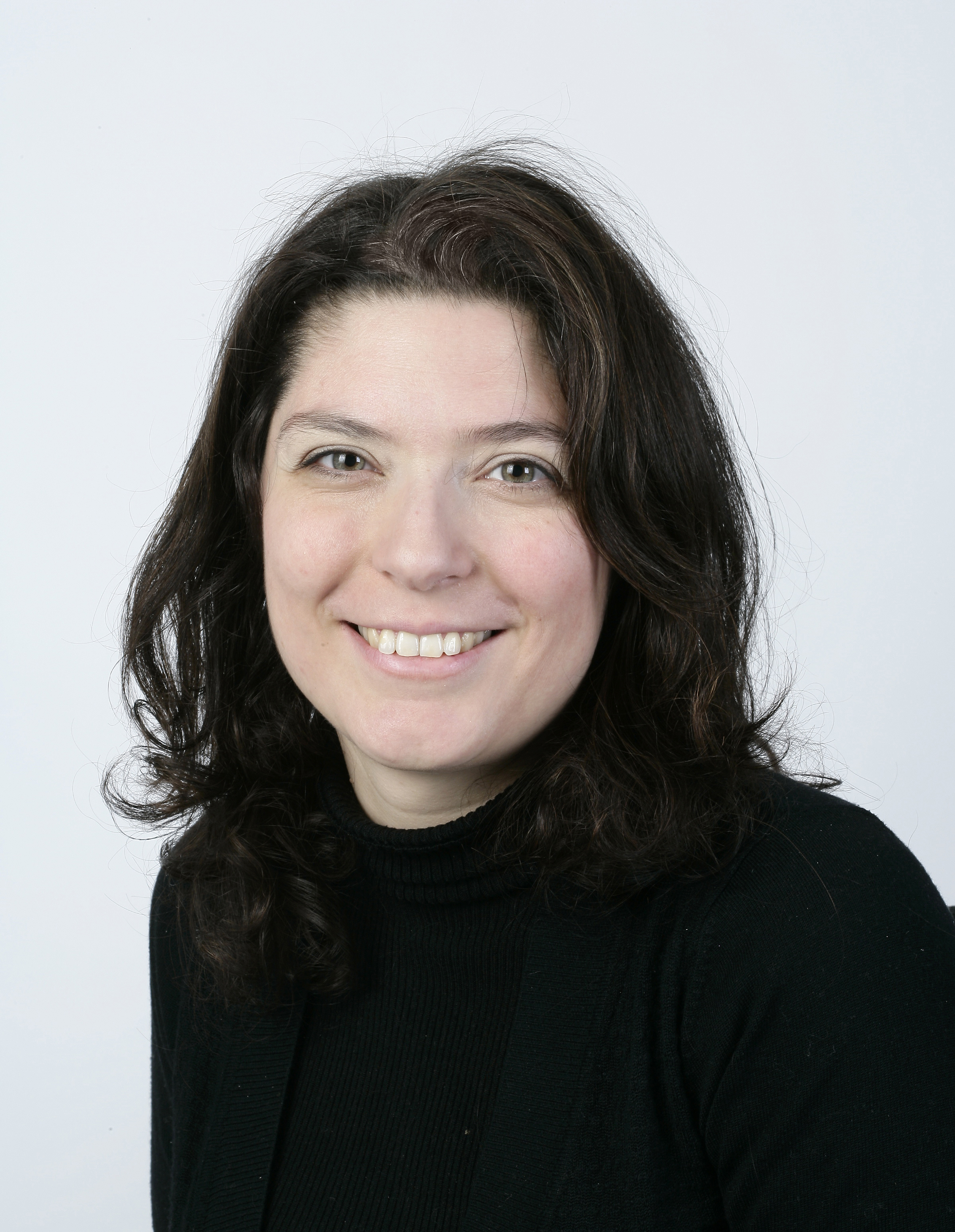A five minute guide to Wayne Thiebaud — the artist who 'reinvented still life as a genre and found fame in the process'
The Courtauld Institute is staging the first-ever exhibition of Wayne Thiebaud's work.
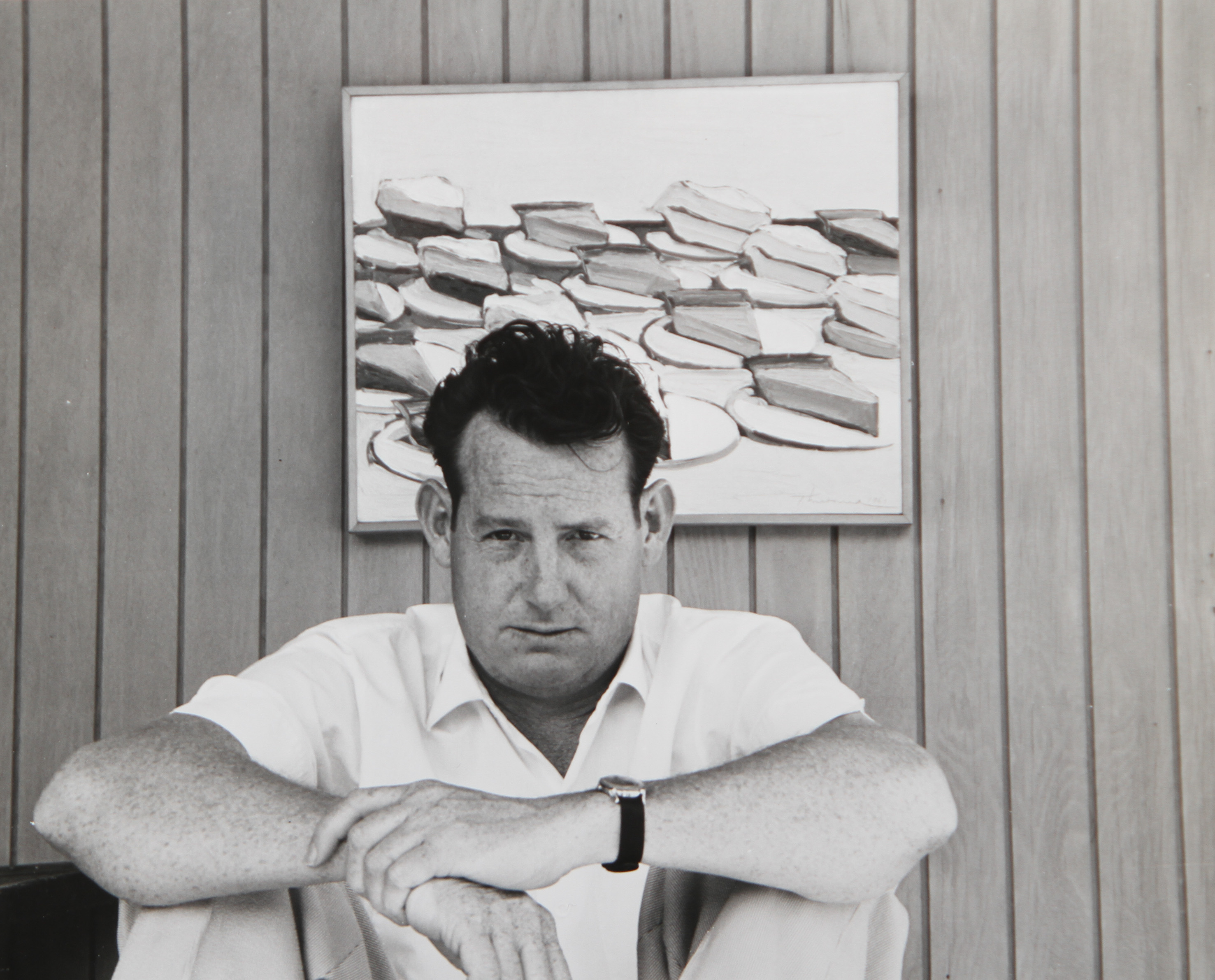
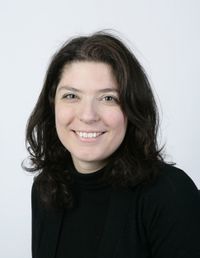
Pies, cakes, gumball machines — perhaps it was an early stint working at a café in Long Beach, California, that prompted artist Wayne Thiebaud to begin painting diner food in the 1960s.
It proved an inspired choice: he reinvented still life as a genre and found fame in the process. Now, the Courtauld Institute explores that particularly fertile period of the artist’s life in the first-ever exhibition of his work to be held in a British museum, ‘Wayne Thiebaud. American Still Life’ (until January 18, 2026).
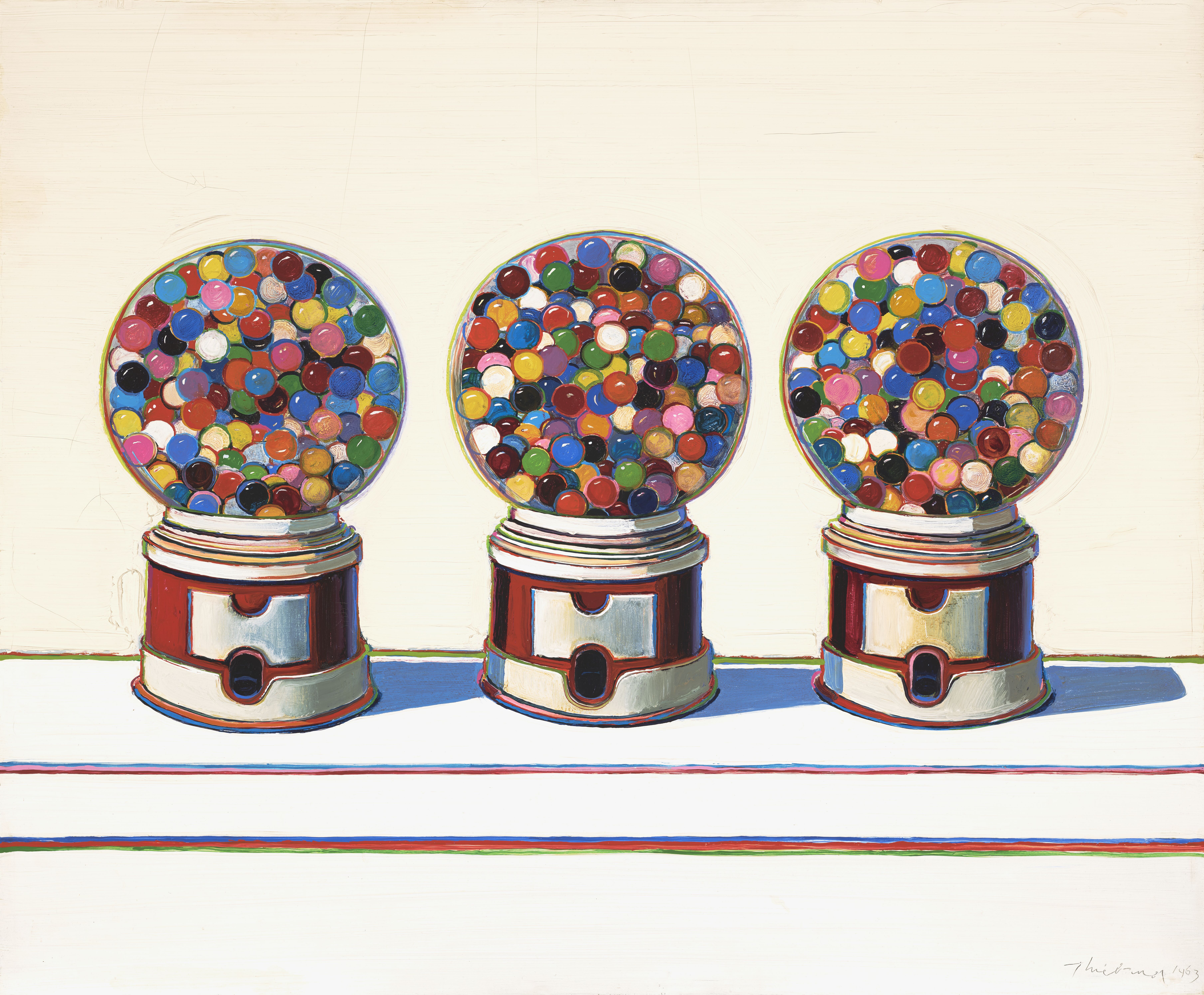
'Three Machines', 1963, oil on canvas, 76.2cm by 92.7cm, Fine Arts Museums of San Francisco. © Wayne Thiebaud/VAGA at ARS, NY and DACS, London 2025.
- Born in Mesa, Arizona, on November 15, 1920, he soon moved to California with his family and it was there that he would later work as an illustrator and a cartoonist, including, for a period, at the Walt Disney Studios. After a 1956 trip to New York, in which he met avant-garde artists, such as William de Kooning, he began developing his own style. By the dawn of the 1960s, this had evolved into still lifes of cafeteria food, lusciously painted, often in assembly line rows, against a minimal background
- Armed with his portfolio, in 1961, he once again headed to New York to secure a gallery. Many doors were closed in his face, but Allan Stone accepted him and staged his first solo show a year later. Reviewing the exhibition in The New York Times on April 28, 1962, Brian O’Doherty called Thiebaud ‘a sort of Edward Hopper of the dinette tabletop’, whose work could be interpreted as ‘a comment on the comfortable desolation of much American life, as seen through the stomach’
- In the same year, Thiebaud showed his work in two group exhibitions that launched American Pop Art, which over time would earn him the nickname of ‘the Pop master of the confectionery counter’. Yet, as Donald J. Brewer wrote in Wayne Thiebaud survey 1947–1976, the catalogue to the exhibition of the same name held in 1976 at the Phoenix Art Museum, his approach had earlier roots: ‘Thiebaud was painting “popular” objects years before what was to become labeled the Pop Art Movement’
- From 1963, the artist began developing an interest in figures and, later, landscapes and cityscapes, particularly those of San Francisco in California, where he had set up a studio. These kinds of views became his primary interest from the 1970s
- In July 2020, some four months shy of his 100th birthday, his Four Pinball Machines, painted in 1962, was sold for more than $19 million at Christie’s. Thiebaud died a little more than a year later, on December 25, 2021
This feature originally appeared in the October 15, 2025, issue of Country Life. Click here for more information on how to subscribe'.
Exquisite houses, the beauty of Nature, and how to get the most from your life, straight to your inbox.
Carla must be the only Italian that finds the English weather more congenial than her native country’s sunshine. An antique herself, she became Country Life’s Arts & Antiques editor in 2023 having previously covered, as a freelance journalist, heritage, conservation, history and property stories, for which she won a couple of awards. Her musical taste has never evolved past Puccini and she spends most of her time immersed in any century before the 20th.
-
 What on earth is the person who comes up with Annabel's otherworldly facade displays on? London's most magical Christmas shop displays
What on earth is the person who comes up with Annabel's otherworldly facade displays on? London's most magical Christmas shop displaysPhotographs by Greg Funnell.
-
 What trees taught me about perfect planting — Alan Titchmarsh
What trees taught me about perfect planting — Alan TitchmarshSense and patience is key to growing healthy trees, as a certain Mr Mackenzie showed a young Alan Titchmarsh
-
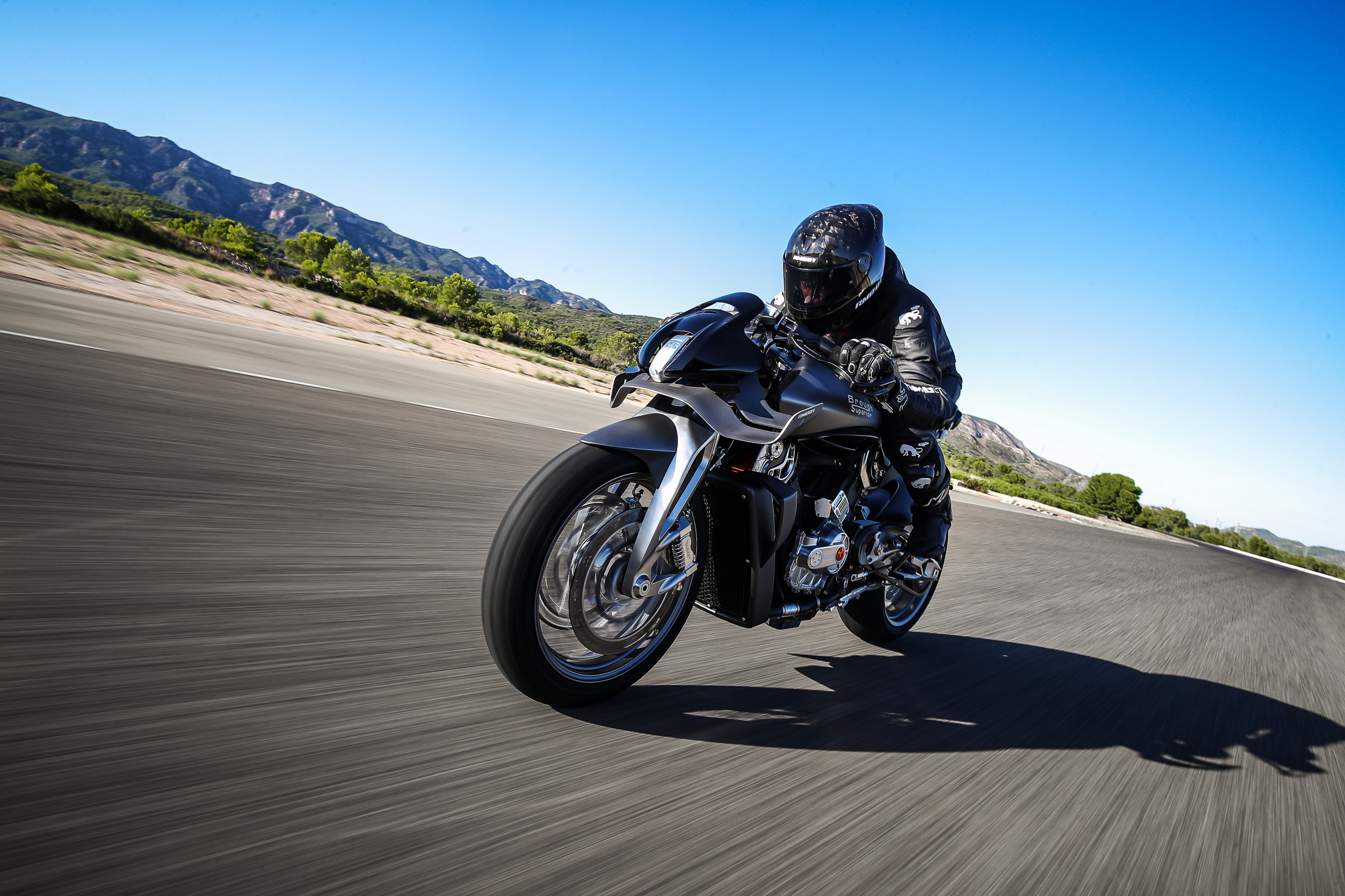 This machine is what happens when the Rolls-Royce of motorbikes and the most innovative of watchmakers join forces
This machine is what happens when the Rolls-Royce of motorbikes and the most innovative of watchmakers join forcesBrough Superior and Richard Mille, two brands renowned for perfection, have created something that is exactly that.
-
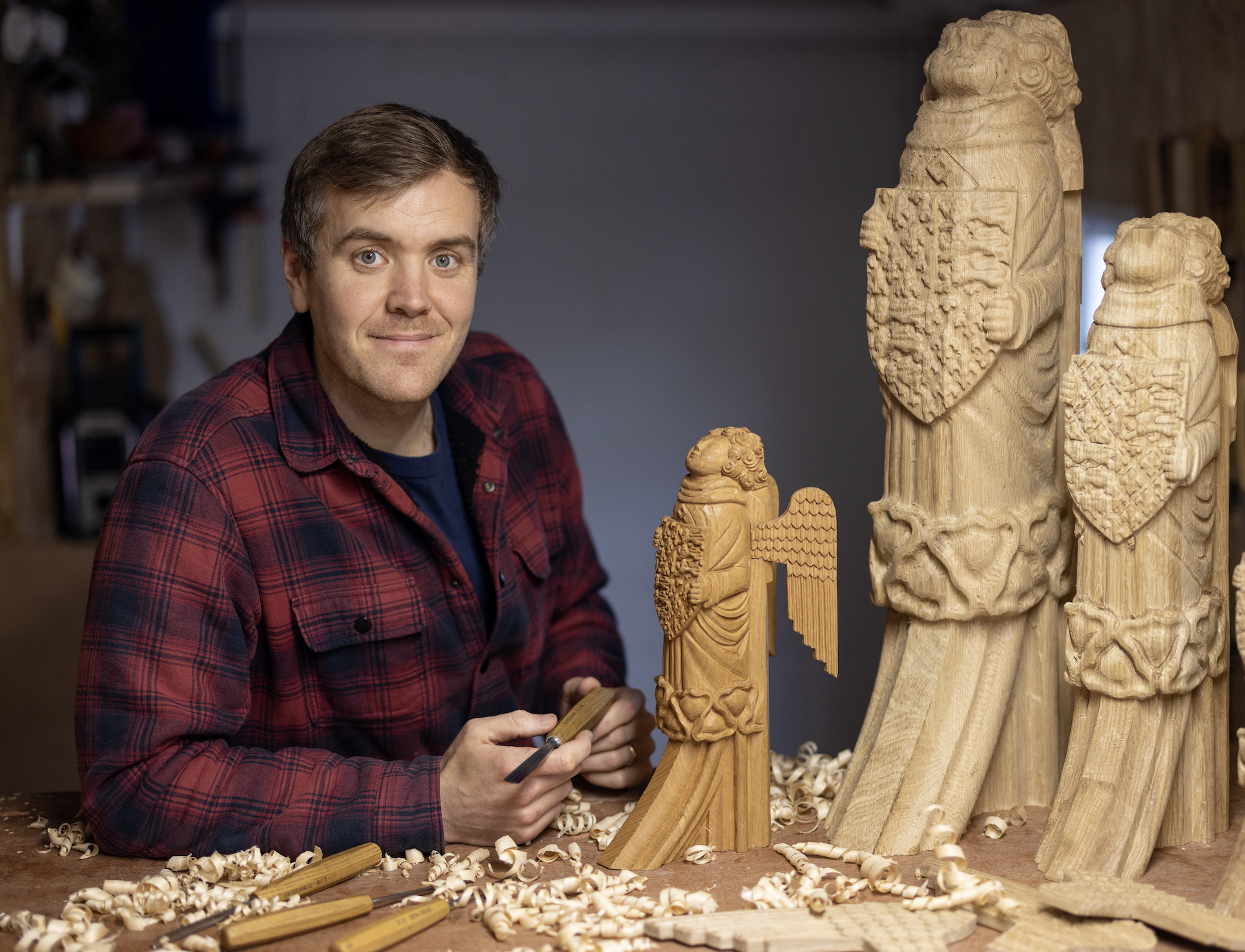 ‘Each one is different depending on what mood I’m in, how I'm feeling and how my energy is’ — meet the carver behind Westminster Hall's angel statues
‘Each one is different depending on what mood I’m in, how I'm feeling and how my energy is’ — meet the carver behind Westminster Hall's angel statuesBespoke woodcarver William Barsley makes unique scale replicas of the angels that gaze over Westminster Hall, the oldest part of the palace of Westminster.
-
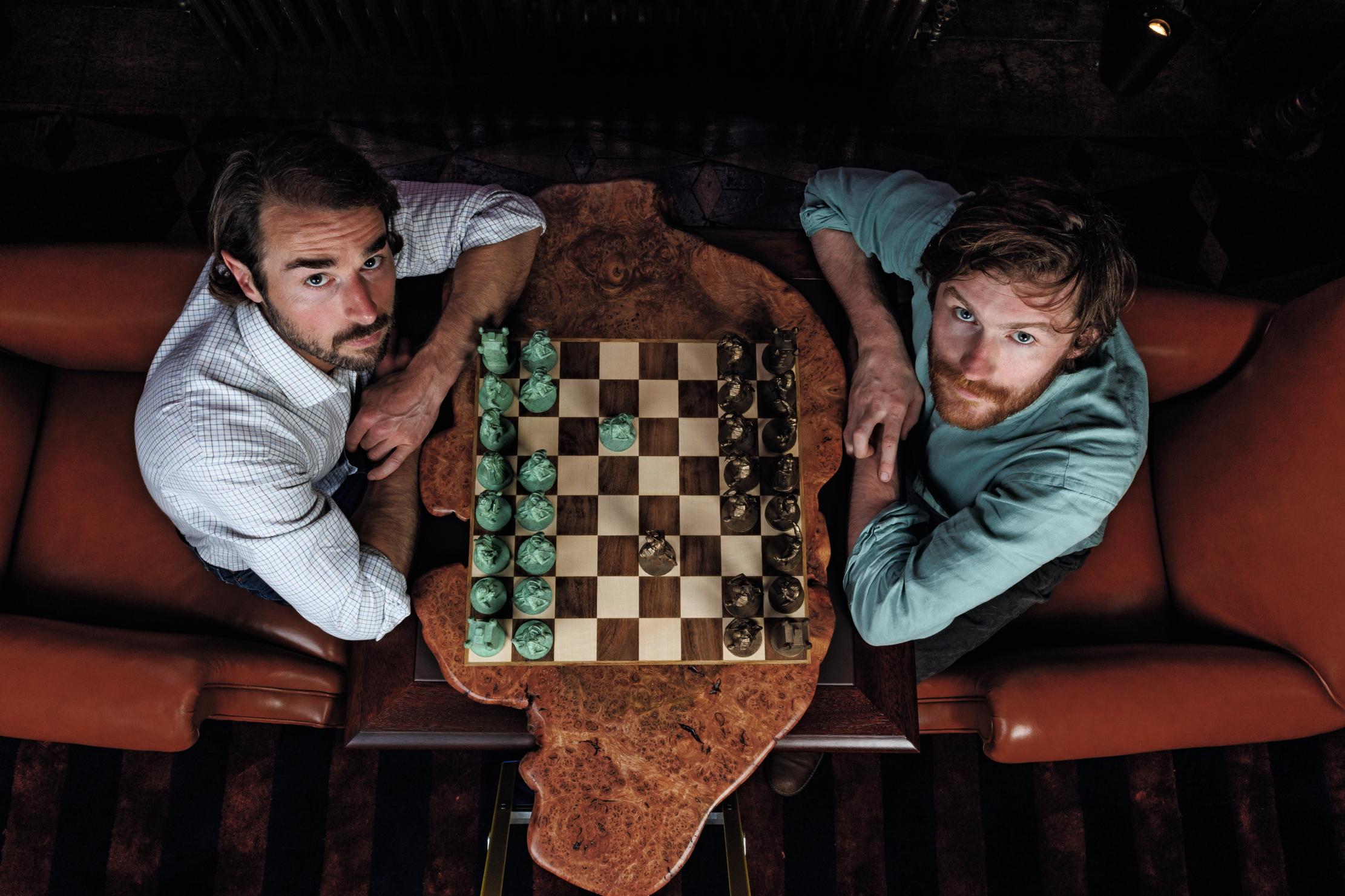 If chess is 'the supreme board game', then it deserves to be played on boards like these
If chess is 'the supreme board game', then it deserves to be played on boards like theseChess sets and backgammon boards are a familiar sight on drawing-room tables, but one expert Highland woodworker is refashioning their forms in beautiful new ways.
-
 A slick looking off-roader that's a far cry from its rustic rural roots — Volvo EX30 Cross Country
A slick looking off-roader that's a far cry from its rustic rural roots — Volvo EX30 Cross CountryThe latest iteration of Volvo's Cross Country is flashy, fast and stylish. But is that what a Volvo Cross Country is supposed to be?
-
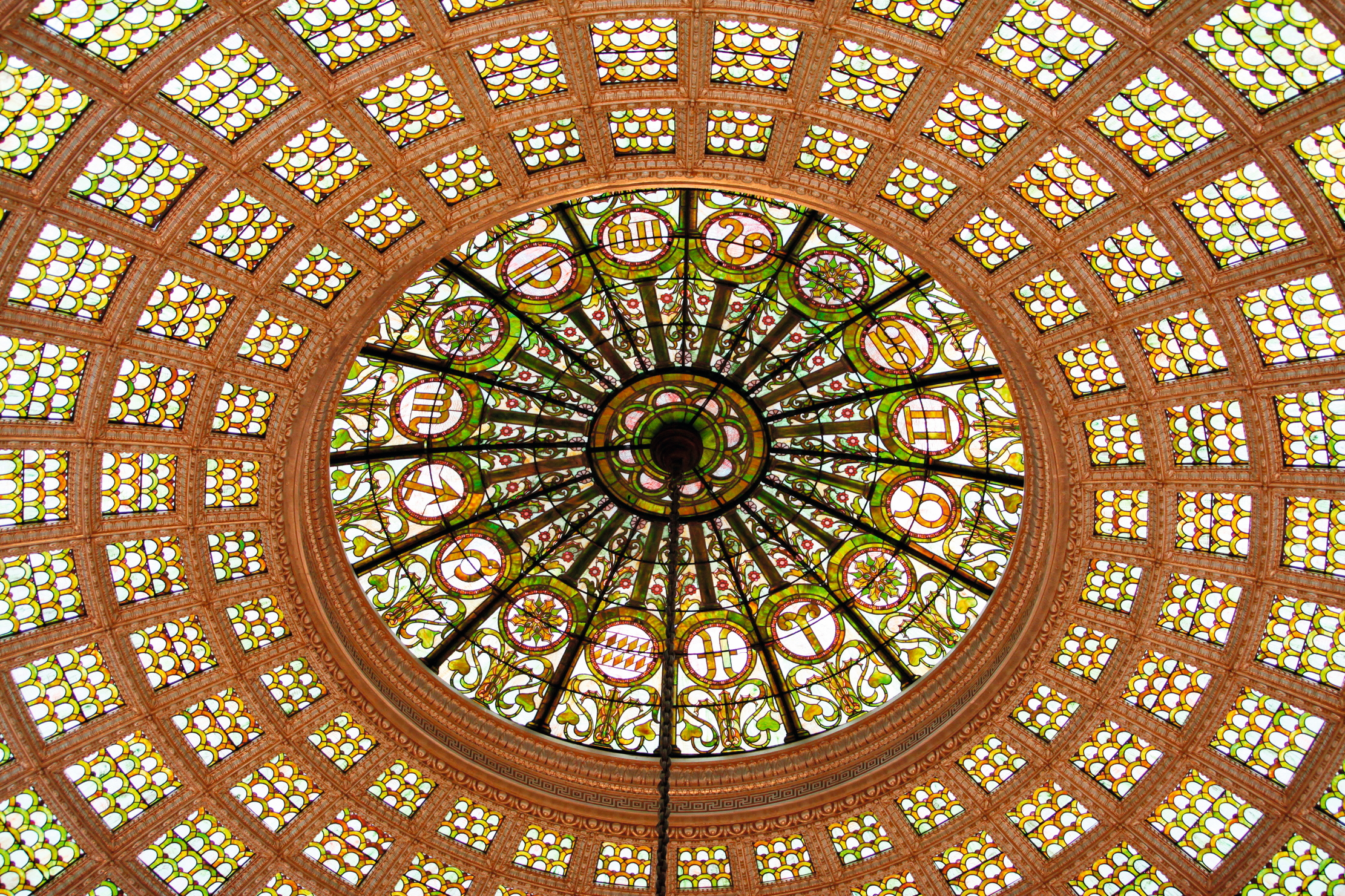 'Gems of enflamed transparencies, of bottomless blues, of congealed opals': Why glass was perfect for the elemental experimentalism of Art Nouveau
'Gems of enflamed transparencies, of bottomless blues, of congealed opals': Why glass was perfect for the elemental experimentalism of Art NouveauArt Nouveau masters such as Louis Comfort Tiffany and Émile Gallé turned the most fragile of materials into iridescent masterpieces that shimmered like seashells or glittered like Byzantine mosaics.
-
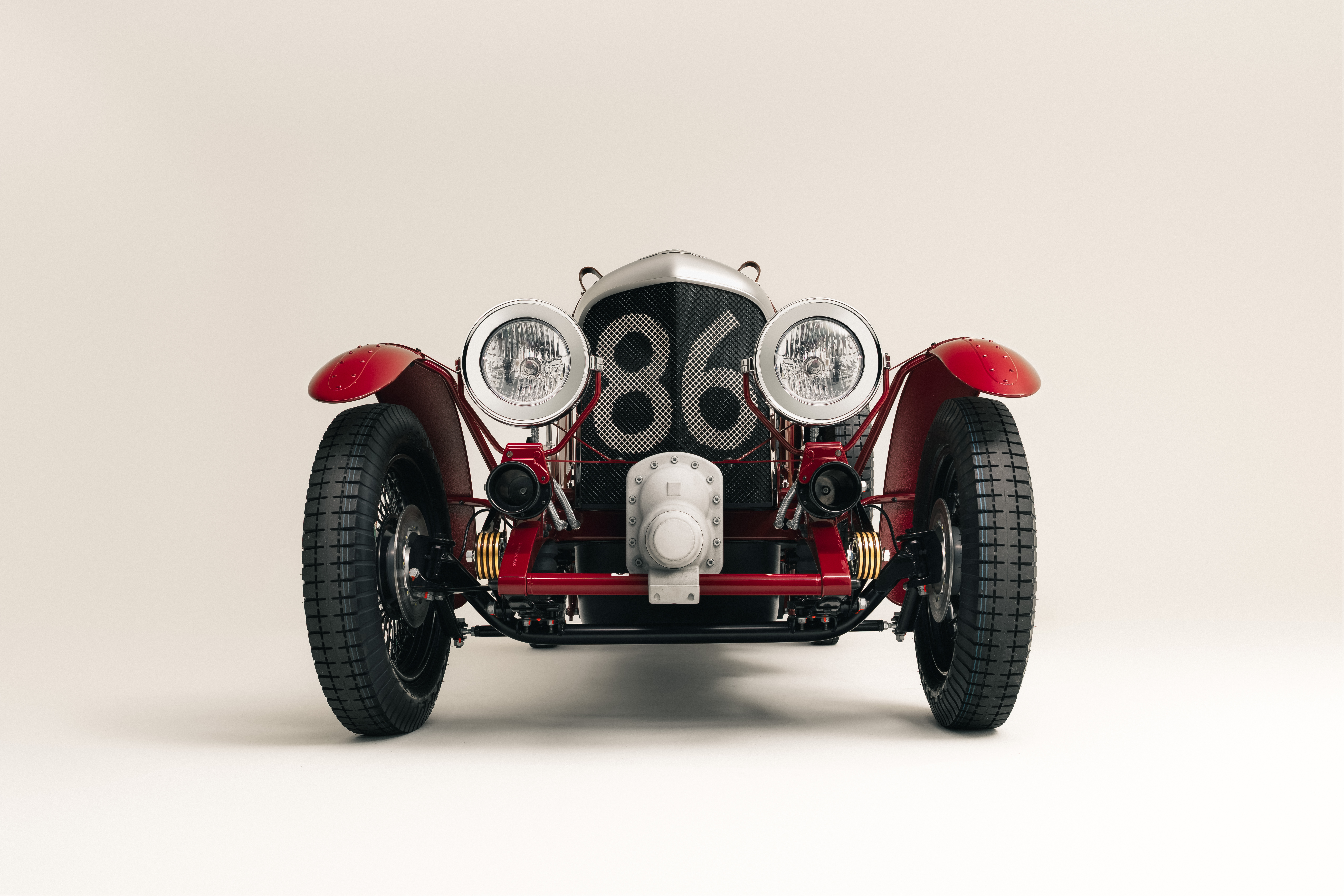 Why you absolutely need an electric Bentley Blower furnished with Russian reindeer leather
Why you absolutely need an electric Bentley Blower furnished with Russian reindeer leatherA collaboration between Hedley Studios and The King's shoemaker George Cleverley has produced something rather remarkable. Jeremy Taylor goes for a drive.
-
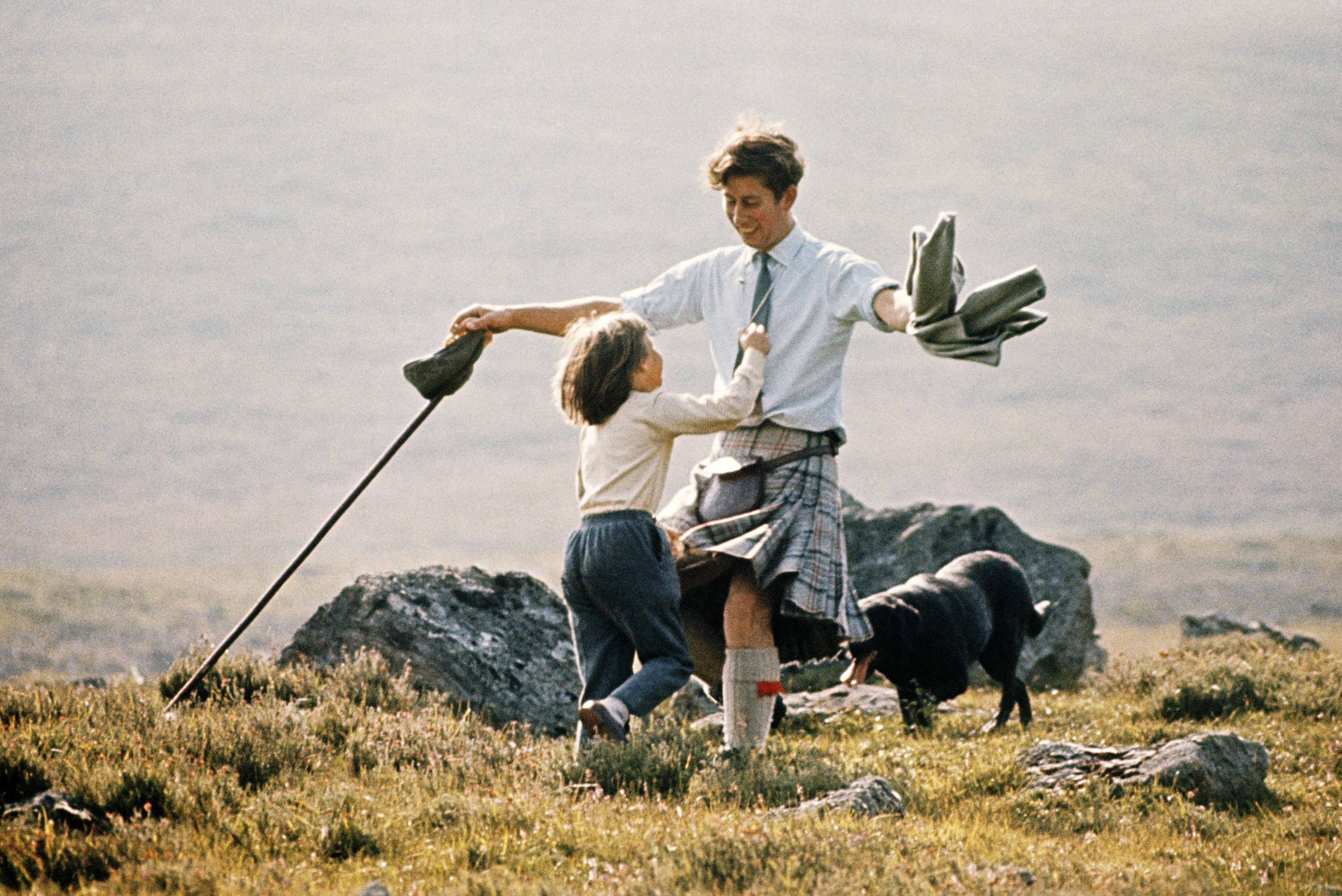 Kilt status: A history of the iconic Scottish skirt, from wartime wrap to punk protest
Kilt status: A history of the iconic Scottish skirt, from wartime wrap to punk protestEverything you need to know about the kilt — apart from what to wear underneath one.
-
 The Glovebox: Return of the Bentley Supersports, the ultimate rural Range Rover and the car collection fit for The King
The Glovebox: Return of the Bentley Supersports, the ultimate rural Range Rover and the car collection fit for The KingA century after it was the first Bentley to top 100mph, the Supersports is back and looking better than ever.
